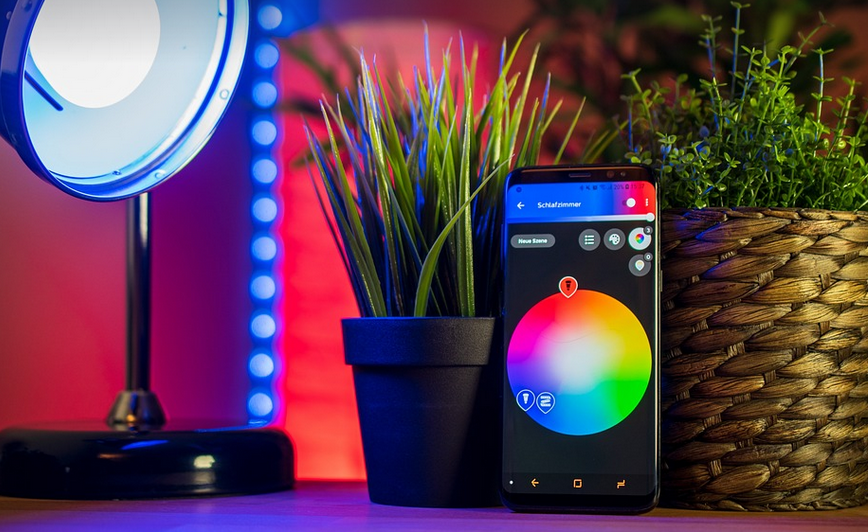
How To Measure Tri Clamp Fittings: A Comprehensive Guide
What is a Tri-Clamp Fitting?
Tri-clamp fittings are a popular and efficient way to connect pipe systems in numerous industries. These fittings, characterized by their distinctive three-piece design, offer exceptional versatility and ease of use compared to traditional clamp styles. Their robust construction with minimal stress points makes them suitable for various applications, from laboratory setups to industrial processes.
The Importance of Accurate Measurement
For optimal performance and leak prevention, accurate measurement is crucial when working with Tri-Clamp fittings. This ensures a secure and reliable connection between pipes. Incorrect measurements can lead to stress points, leaks, and even system malfunctions. When it comes to precision in the world of tubing connections, precision is everything.
Let’s dive deeper into how you can accurately measure Tri-Clamp fittings for seamless installation:
Measuring the Inner Diameter
The first step in measuring a Tri-Clamp fitting involves determining its inner diameter. This measurement is critical, as it dictates the compatibility of the fitting with your chosen pipes.
To accurately measure the inner diameter, there are several methods you can employ:
* **Using a Calipers:** A pair of calipers provides precise measurements within the specified accuracy. It’s an accurate and reliable method, especially for smaller diameters.
* **Using a Gauge:** A special gauge designed for measuring pipe diameters, or using a regular caliper with a depth gauge to ensure the measurement is at the correct depth.
Remember: when using calipers or gauges, it’s best practice to measure multiple times and compare the results. This helps to identify any potential discrepancies in your measurements.
Measuring the Outer Diameter
The outer diameter of Tri-Clamp fittings is equally important for proper connection with pipes. This measurement ensures a secure fit between the fitting and the pipe.
To measure the outer diameter, you can use:
* **Calipers:** Similar to inner diameters, calipers are suitable for measuring the outer diameter as well; just be sure to select a clamp with the appropriate jaw-opening size for your desired measurement.
Measuring the Thickness
Lastly, you’ll need to measure the thickness of the fitting. This is important for ensuring that the fitting will fit securely within the pipe and prevent leaks.
To measure the thickness:
* **Protractor:** Use a protractor to precisely determine the angle between two points on the fitting.
A Note on Tools
For accurate measurement of Tri-Clamp fittings, you’ll need a few essential tools. These are not only beneficial for your work but can also save you time and effort. Here are a few key tools:
* **Precision Calipers:** For precise measurements on the inner and outer diameters of the fitting. * **Depth Gauge:** Provides an accurate depth measurement within calipers, ensuring the proper fit of the fitting.
Tips for Accurate Measurement
To ensure maximum accuracy when measuring Tri-Clamp fittings:
* **Cleanliness is key:** Wipe down your measuring tools and the fitting to remove any dirt or debris that could interfere with accurate readings.
* **Use a Straight Edge:** A straight edge helps prevent leaning against the fitting, which can distort measurements.
Conclusion
Accurately measuring Tri-Clamp fittings is crucial for successful and efficient system installation. By following these guidelines and using appropriate tools, you can guarantee a perfect fit and ensure a leak-free connection. The accuracy of your measurements will directly impact the performance efficiency and reliability of any process or experiment.